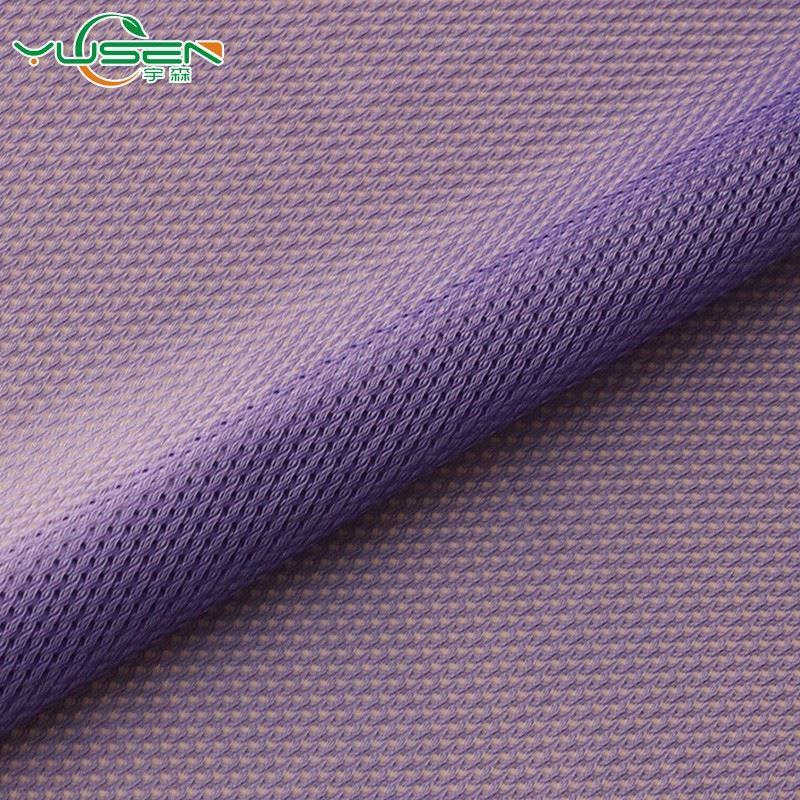-
+86-573-80772275
-
+86-573-80772275

Protective materials that protect against toxic chemicals usually consist of multiple layers of fabric, including "gas resistance layer" fabrics that absorb, absorb, detoxify or react with poisonous gas and "liquid resistance layer" fabrics that prevent harmful liquids from contacting the human body, the former is generally breathable Yes, the latter has two types of breathable and non-breathable depending on the fabric used. When using stain-repellent finishing fabrics, although the fabric is breathable, aerosols and particles will pass through the fabric, and a small pressure will pass through the body, so the protection effect is poor; the use of not only aerosols and particles will pass through the fabric, but also very small There will be liquid passing through the pressure, so the protective effect is poor; when using a non-breathable coated fabric, the user will feel uncomfortable because the water vapor cannot be discharged. PTFE composite membrane has the characteristics of selective permeation of water vapor, and can be used as a nuclear biochemical protection material. This kind of protective clothing can have multiple functions such as waterproof, moisture permeability, windproof, anti-nuclear biochemical. Traditional thermal underwear is made of polyethylene or polypropylene film compounded with batt felt. This kind of film is completely airtight, and body sweat cannot be discharged. The three-layer fabric of knitted fabric and non-woven fabric of PTFE film can be used for thermal underwear, which has the advantages of moisture permeability, windproof, warmth and so on.

Previous: Composite fabric varieties
We have our own professional and excellent design teams include ten highly skilled designers, more than 5 new style coats are launched per month.